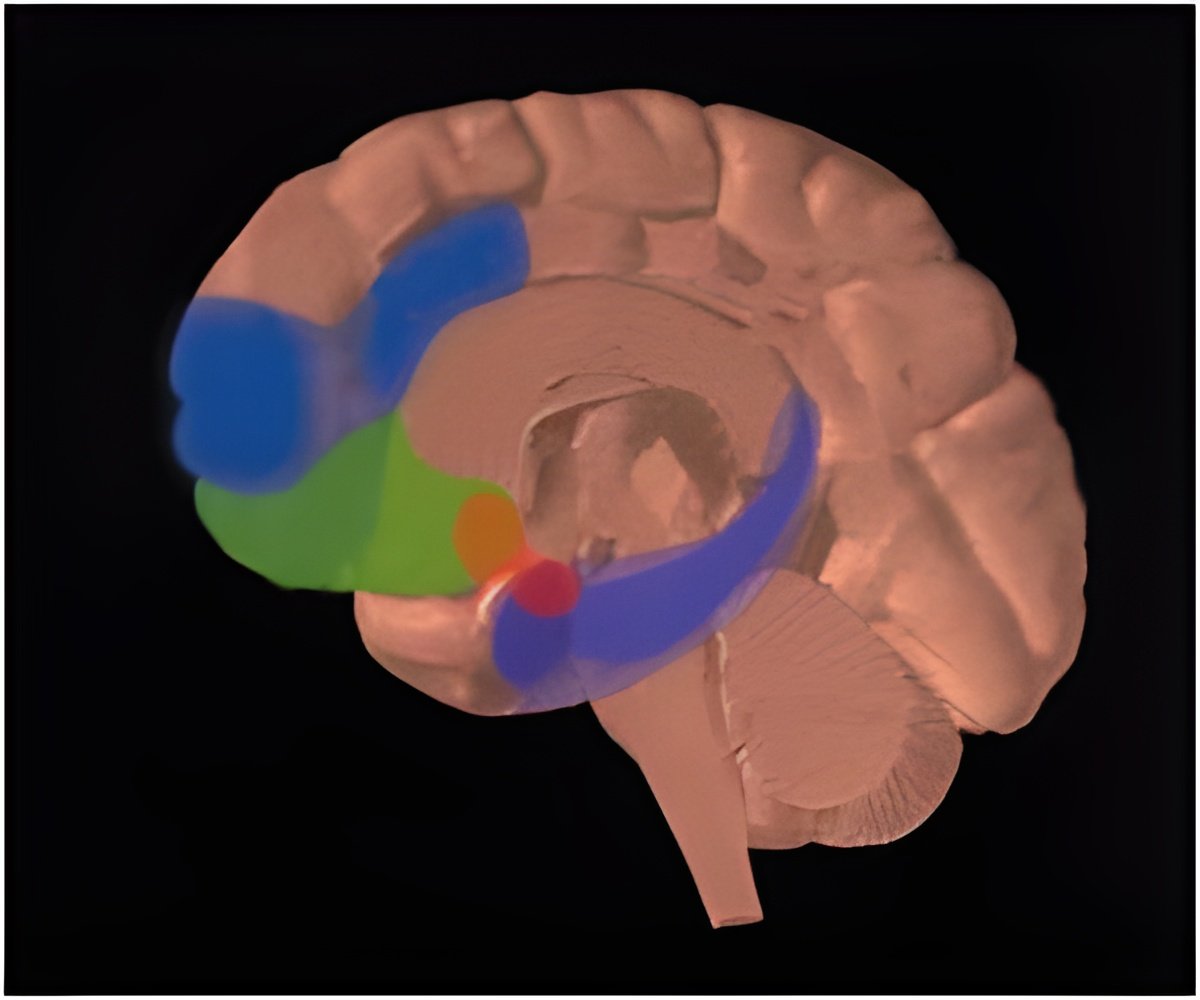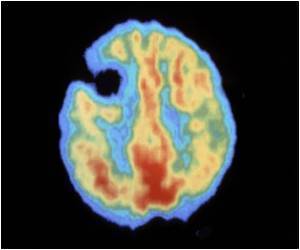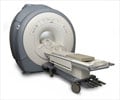Despite having been deemed inadmissible as legal evidence in US, polygraph is widely used for government background checks and security clearances.

‘Scanning people's brains with fMRI, or functional magnetic resonance imaging, was significantly more effective at spotting lies than a traditional polygraph test.’





It has been demonstrated that when someone is lying, areas of the brain linked to decision-making are activated, which lights up on an fMRI scan for experts to see. While laboratory studies showed fMRI's ability to detect deception with up to 90 percent accuracy, estimates of polygraphs' accuracy ranged wildly, between chance and 100 percent, depending on the study. The Penn study was the first to compare the two modalities in the same individuals in a blinded and prospective fashion. The approach adds scientific data to the long-standing debate about this technology and builds the case for more studies investigating its potential real-life applications, such as evidence in the criminal legal proceedings. Researchers from Penn's departments of Psychiatry and Biostatistics and Epidemiology found that neuroscience experts without prior experience in lie detection, using fMRI data, were 24 percent more likely to detect deception than professional polygraph examiners reviewing polygraph recordings. In both fMRI and polygraph, participants took a standardized "concealed information" test.
Polygraph, the only physiological lie detector in worldwide use since it was introduced in its present form more than 50 years ago, monitors individuals' electrical skin conductivity, heart rate, and respiration during a series of questions. Polygraph is based on the assumption that incidents of lying are marked by upward or downward spikes in these measurements. Despite having been deemed inadmissible as legal evidence in most jurisdictions in the United States or for pre-employment screening in the private sector for almost 30 years, polygraph is widely used for government background checks and security clearances.
"Polygraph measures reflect complex activity of the peripheral nervous system that is reduced to only a few parameters, while fMRI is looking at thousands of brain clusters with higher resolution in both space and time. While neither type of activity is unique to lying, we expected brain activity to be a more specific marker, and this is what I believe we found," said the study's lead author, Daniel D. Langleben, MD, a professor of Psychiatry.
To compare the two technologies, 28 participants were given the so-called "Concealed Information Test" (CIT). CIT is designed to determine whether a person has specific knowledge by asking carefully constructed questions, some of which have known answers, and looking for responses that are accompanied by spikes in physiological activity. Sometimes referred to as the Guilty Knowledge Test, CIT has been developed and used by polygraph examiners to demonstrate the effectiveness of their methods to subjects prior to the actual polygraph examination.
Advertisement
In one example in the paper, fMRI clearly shows increased brain activity when a participant, who picked the number seven, is asked if that is their number. Experts who studied the polygraph counterpart incorrectly identified the number six as the lie. The polygraph associated with the number six shows high peaks after the participant is asked the same questions several times in a row, suggesting that answer was a lie. The scenario was reversed in another example, as neither fMRI nor polygraph experts were perfect, which is demonstrated in the paper. However, overall, fMRI experts were 24 percent more likely to detect the lie in any given participant.
Advertisement
"While the jury remains out on whether fMRI will ever become a forensic tool, these data certainly justify further investigation of its potential," Langleben said.
Source-Eurekalert















